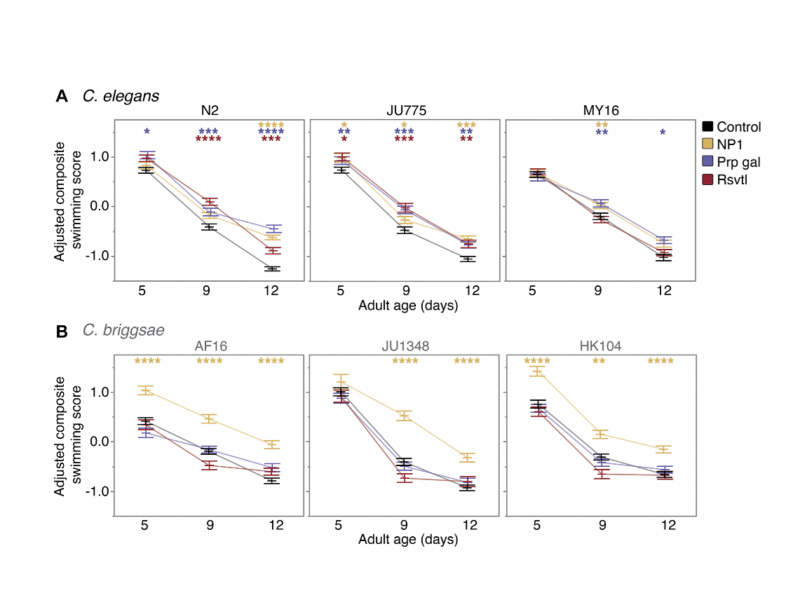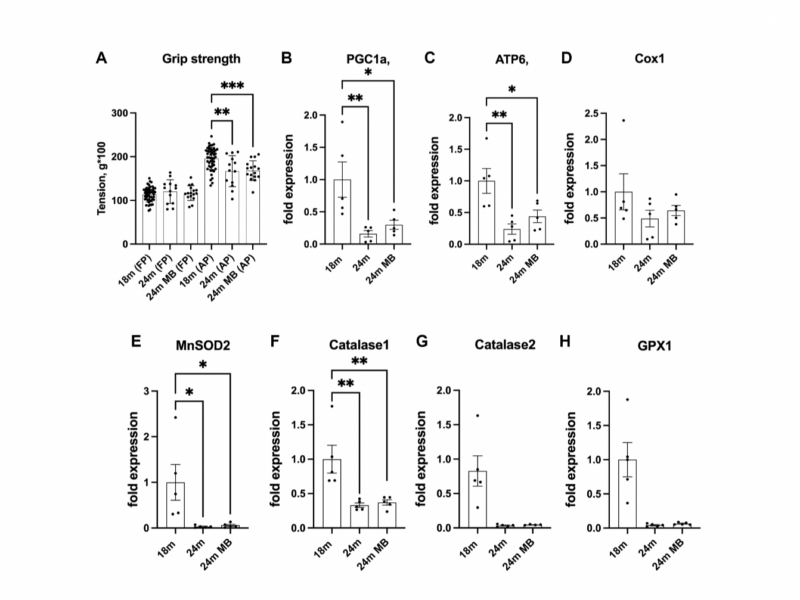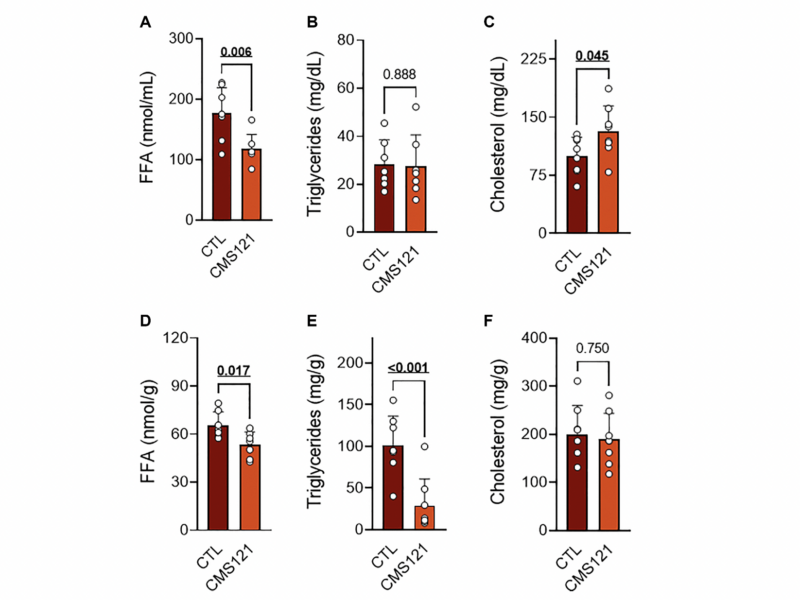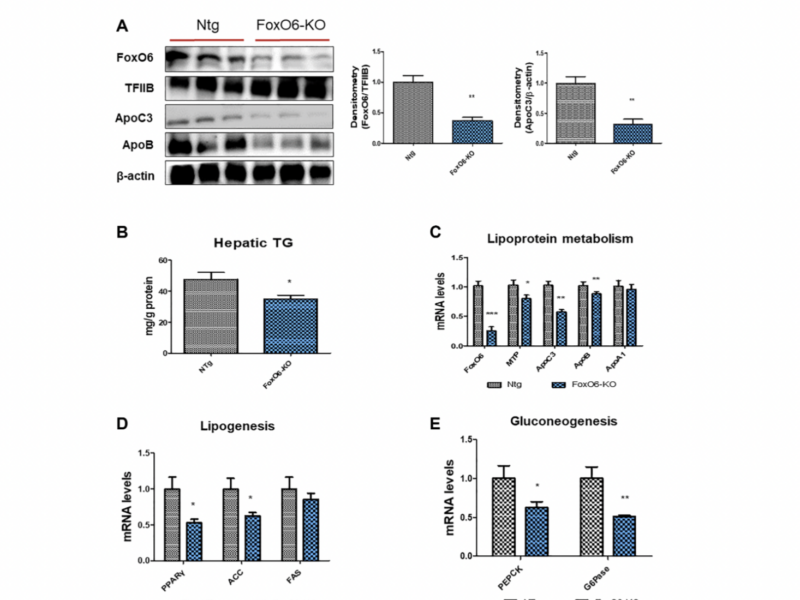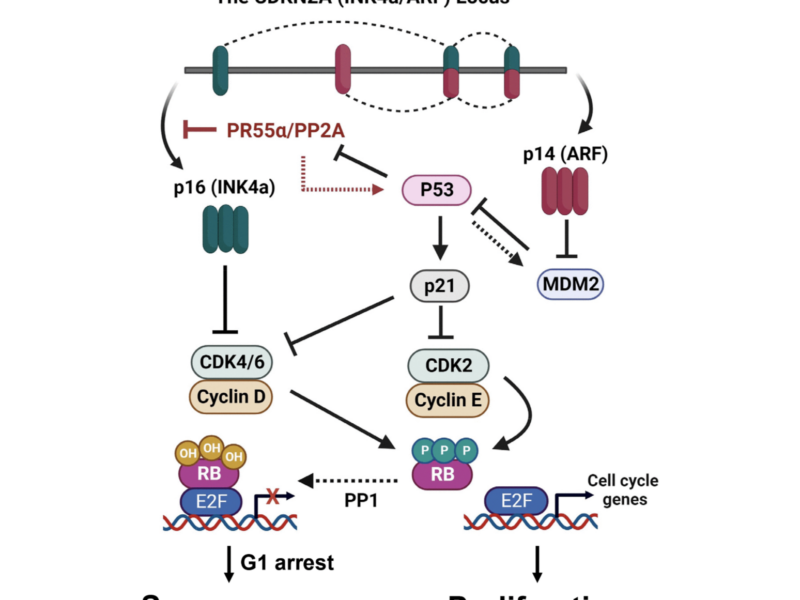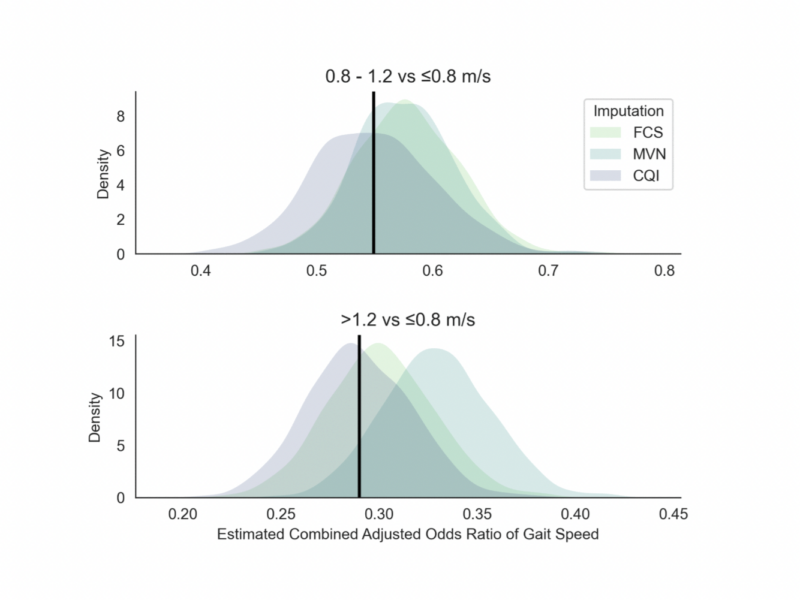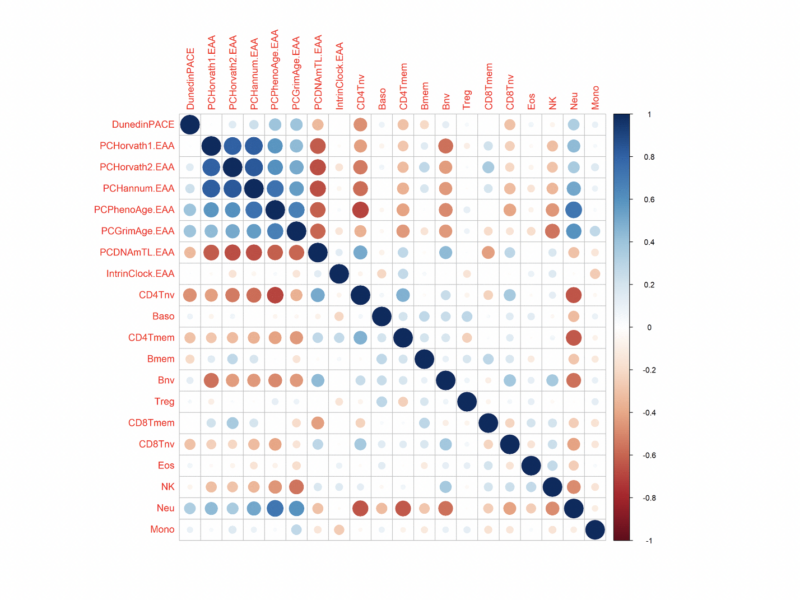Aging-US Research
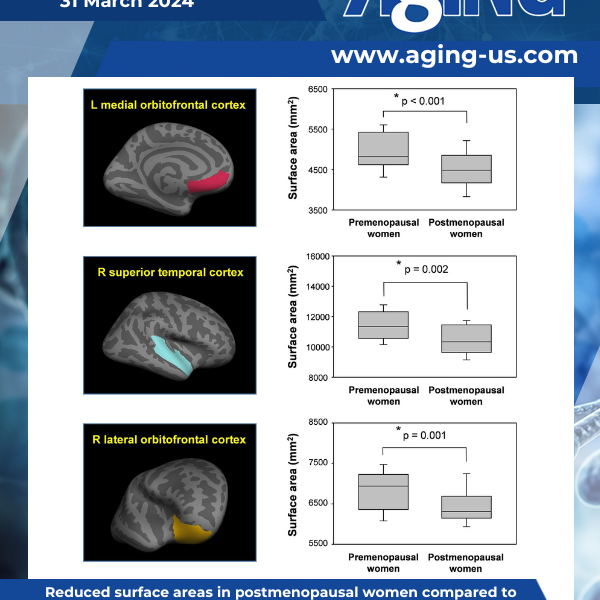
The purpose of this study was not only to compare the brain volume changes between premenopausal and postmenopausal women, but also to evaluate the functional connectivity between the targeted brain regions associated with structural atrophy in postmenopausal women.
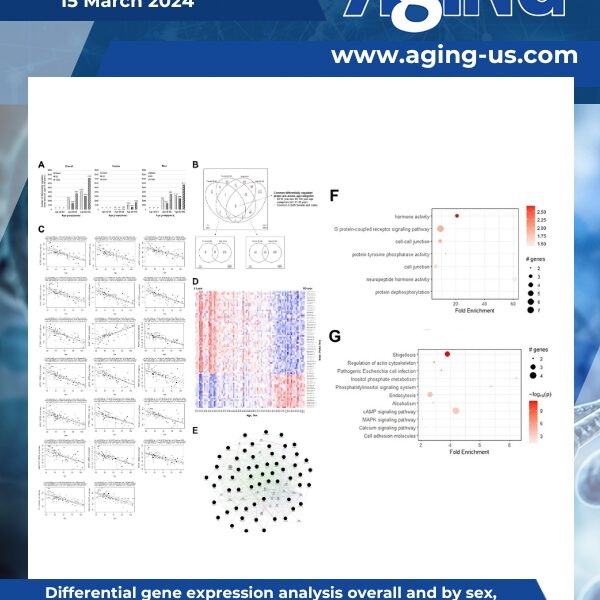
Aging-related transcriptome changes in various regions of the healthy human brain have been explored in previous works, however, a study to develop prediction models for age based on the expression levels of specific panels of transcripts is lacking…
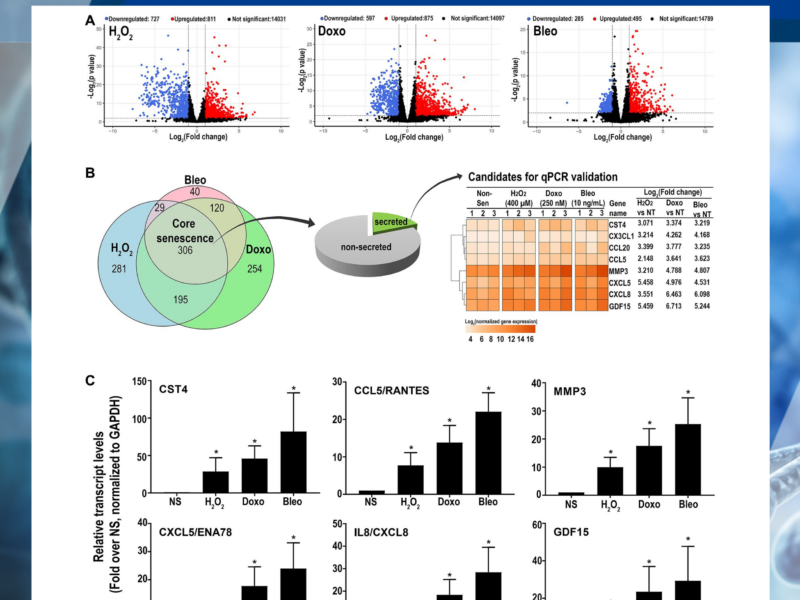
Advanced age is the largest risk factor for many diseases and several types of cancer, including colorectal cancer (CRC). Senescent cells are known to accumulate with age in various tissues, where they can modulate the surrounding tissue microenvironment through their senescence associated secretory phenotype (SASP).

